White Goods Recycle in Clearance Sucks: Understanding the Challenges and Finding Solutions
Introduction to White Goods Recycling
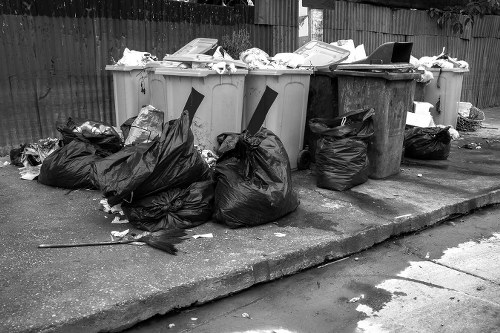
Recycling white goods, such as refrigerators, washing machines, and dishwashers, is an essential part of sustainable living. However, the process often faces significant hurdles, making clearance recycling less efficient and more frustrating than it should be.
White goods recycling involves the collection, processing, and repurposing of large household appliances. Proper recycling helps reduce waste, conserve resources, and minimize environmental impact.
Despite its importance, many consumers find that recycling white goods during clearance sales or seasonal upgrades can be problematic, leading to the sentiment that "White Goods Recycle in Clearance Sucks."
The Complexities of White Goods Recycling
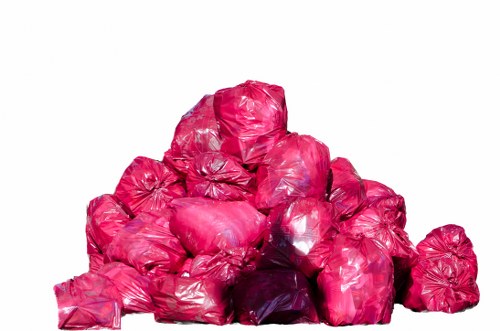
One of the main challenges in white goods recycling is the sheer size and weight of these appliances. Transporting bulky items requires specialized equipment and vehicles, increasing the cost and complexity of the recycling process.
Additionally, white goods contain various components and materials, such as metals, plastics, and refrigerants, which need to be carefully separated and processed. This intricate dismantling process demands skilled labor and advanced recycling facilities.
Furthermore, the environmental regulations surrounding the disposal of white goods are stringent. Compliance with these regulations adds another layer of difficulty for recycling companies, often resulting in delays and increased operational costs.
Environmental Impact of Improper Recycling
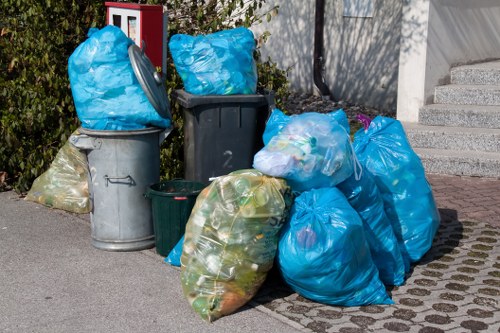
Improper recycling or disposal of white goods can have severe environmental consequences. Refrigerants used in appliances like refrigerators and air conditioners are potent greenhouse gases that can contribute to global warming if released into the atmosphere.
Moreover, the metals and plastics found in white goods can pollute soil and water sources if not handled correctly. Toxic chemicals and heavy metals from these appliances can pose significant health risks to both humans and wildlife.
Encouraging proper recycling practices is crucial to mitigate these environmental impacts. However, the difficulties in the recycling process often discourage consumers from participating effectively.
Economic Factors Affecting Recycling Efficiency
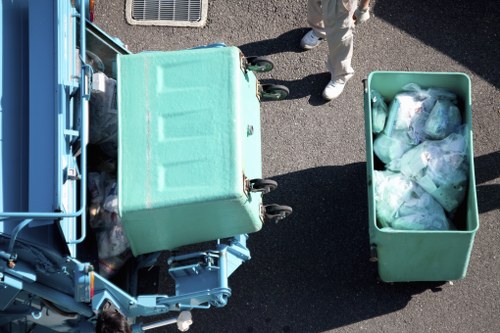
The economic aspect plays a significant role in the efficiency of white goods recycling. High operational costs associated with transportation, labor, and compliance often make recycling less profitable for companies.
As a result, many recycling facilities struggle to stay afloat, leading to limited availability and accessibility for consumers looking to recycle their old appliances during clearance sales.
Moreover, the fluctuating prices of recyclable materials can impact the overall viability of recycling programs. When prices drop, recycling becomes less economically attractive, further hindering the process.
Consumer Challenges in the Recycling Process
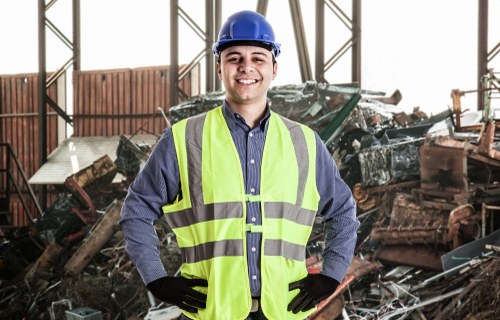
From the consumer's perspective, recycling white goods during clearance can be daunting. The lack of clear information and available services often leads to confusion and frustration.
Many consumers are unaware of the proper steps to recycle their old appliances, resulting in discarded items that add to landfill waste. Additionally, the inconvenience of scheduling pick-ups or transporting bulky items to recycling centers can deter participation.
Improving consumer education and making recycling services more accessible are essential steps in addressing these challenges. Providing clear guidelines and accessible options can encourage more people to recycle their white goods effectively.
The Role of Legislation in Improving Recycling Rates
Government policies and regulations can significantly influence white goods recycling rates. Implementing stringent recycling mandates and providing incentives for both consumers and recycling companies can drive progress.
Extended Producer Responsibility (EPR) is one such policy approach that holds manufacturers accountable for the entire lifecycle of their products, including end-of-life disposal. This can encourage companies to design more recyclable appliances and invest in efficient recycling technologies.
Additionally, subsidies and tax incentives for recycling facilities can help offset operational costs, making recycling more economically viable and attractive.
Technological Innovations in White Goods Recycling
Advancements in recycling technology offer promising solutions to the challenges faced in white goods recycling. Automated sorting systems, for example, can enhance the efficiency and accuracy of material separation, reducing labor costs and processing time.
Innovative recycling techniques, such as chemical recycling, allow for the recovery of high-purity materials from complex appliances, increasing the value of recycled products.
Furthermore, the integration of smart technologies can streamline the tracking and management of recyclable materials, ensuring better compliance with environmental regulations and improving overall recycling performance.
Best Practices for Effective White Goods Recycling
- Educate Consumers: Provide clear instructions and resources to help consumers understand the recycling process.
- Enhance Accessibility: Make recycling services more convenient through accessible drop-off points and flexible pick-up schedules.
- Invest in Technology: Adopt advanced recycling technologies to improve efficiency and reduce operational costs.
- Promote Legislation: Support policies that incentivize recycling and hold producers accountable.
- Collaborate with Stakeholders: Work with manufacturers, retailers, and recycling companies to create a seamless recycling ecosystem.
Case Studies: Successful White Goods Recycling Programs
Several regions have implemented successful recycling programs that can serve as models for improving white goods recycling efficiency.
For instance, Sweden's comprehensive recycling system includes mandatory recycling fees and widespread collection centers, resulting in high recycling rates for white goods.
Similarly, Germany's Green Dot initiative encourages manufacturers to take responsibility for their products' end-of-life disposal, fostering a culture of sustainability and effective recycling practices.
Future Outlook: Trends in White Goods Recycling
The future of white goods recycling looks promising with ongoing technological advancements and increasing environmental awareness.
Emerging trends include the use of artificial intelligence in recycling processes, the development of more biodegradable and recyclable materials, and the rise of circular economy models that prioritize sustainability.
As these trends continue to evolve, the challenges associated with white goods recycling are expected to diminish, paving the way for more efficient and widespread recycling practices.
How You Can Make a Difference
Everyone has a role to play in improving white goods recycling. By choosing to recycle old appliances responsibly, you contribute to environmental conservation and resource optimization.
Consider donating working appliances to those in need, selling or repurposing items when possible, and ensuring that non-functional appliances are taken to certified recycling centers.
Additionally, staying informed about local recycling programs and advocating for better recycling infrastructure can help drive communal and systemic changes.
Conclusion: Overcoming the Hurdles of White Goods Recycling
While recycling white goods during clearance presents numerous challenges, understanding these obstacles is the first step toward overcoming them.
By addressing the complexities inherent in the recycling process, leveraging technological advancements, and fostering collaborative efforts among consumers, manufacturers, and policymakers, the inefficiencies in white goods recycling can be significantly reduced.
Ultimately, transforming the recycling landscape requires a collective commitment to sustainability, innovation, and responsible consumption.
Don't let the challenges deter you. Contact us today to learn more about how you can participate in effective white goods recycling and make a positive impact on our environment.